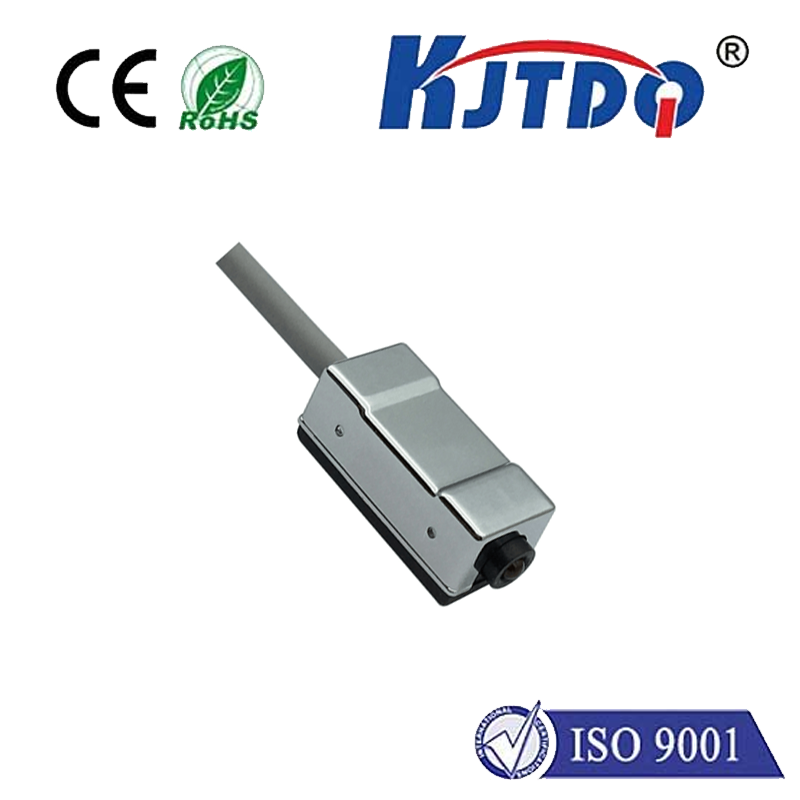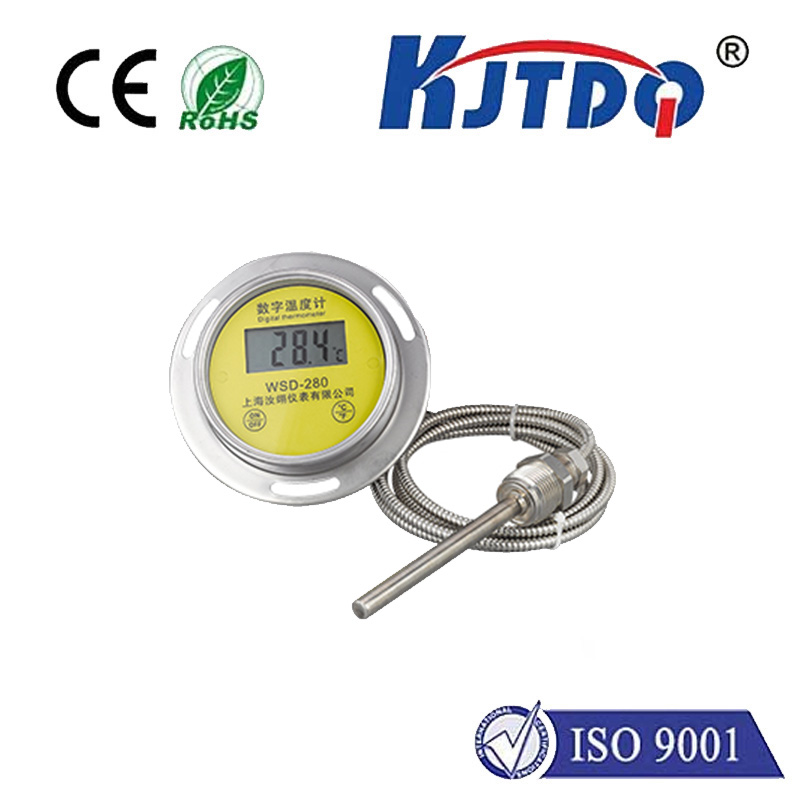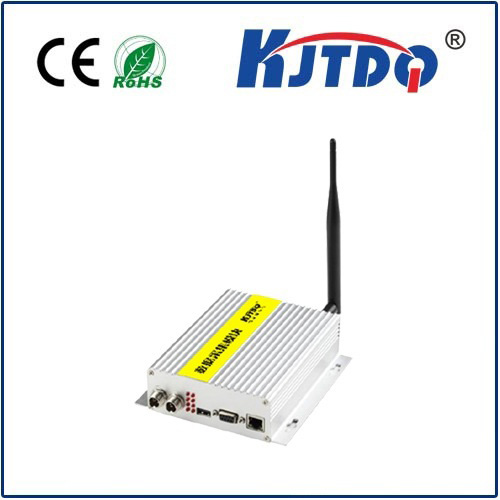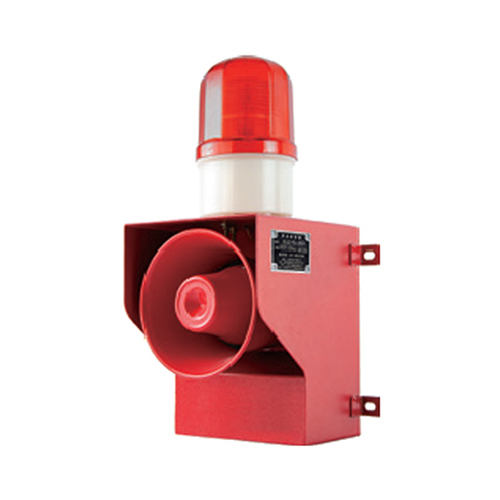Датчик приближения WiFi
- time:2025-07-03 00:30:17
- Нажмите:0
WiFi Proximity Sensing: Turning Your Wireless Network into a Presence Detector
Imagine walking into a room, and the lights automatically adjust to your preference, your favorite playlist starts softly playing, and the thermostat sets itself to your ideal temperature. No voice commands, no frantic app switching – the environment simply adapts to your presence. This seamless integration isn’t just futuristic fantasy; it’s increasingly achievable today, often powered by an unexpected technology already humming in the background: your WiFi network. WiFi proximity sensing leverages the ubiquitous wireless signals surrounding us to detect the presence and approximate location of devices, effectively transforming standard routers and access points into sophisticated sensors without needing dedicated hardware.
Traditional presence detection relies on dedicated sensors like Passive Infrared (PIR) motion detectors or specialized cameras. While effective, these require additional installation, wiring, and maintenance. WiFi proximity technology, however, capitalizes on the existing wireless infrastructure found in homes, offices, retail spaces, and public venues. Every smartphone, laptop, tablet, and smart device constantly communicates with WiFi Access Points (APs), broadcasting signals that reveal much more than just an internet connection.
How Does WiFi Proximity Sensing Actually Work?
The core principle hinges on analyzing the characteristics of WiFi signals exchanged between client devices (like your phone) and the network’s Access Points. Key mechanisms include:

- Signal Strength (RSSI - Received Signal Strength Indicator): This is the most fundamental metric. As a device moves closer to an access point, the signal strength typically increases. As it moves away, the strength decreases. By monitoring the RSSI values reported by APs for known devices, the system can infer relative proximity and even rough movement patterns. It’s like judging distance based on how loudly someone is speaking.
- Time-of-Flight (ToF): More advanced systems measure the time it takes for a signal to travel between the device and the AP. Multiplying this time by the speed of light gives the physical distance. This method provides significantly more accurate location data than RSSI alone but requires compatible hardware and precise timing synchronization. Think of it as radar using radio waves instead of sound.
- Angle of Arrival (AoA): Utilizing multiple antennas in an array, some sophisticated systems can determine the direction from which a signal arrives at the AP. This, combined with signal strength or ToF, allows for even more precise localization within a space. Imagine multiple microphones pinpointing where a sound originates.
By continuously gathering and analyzing this radio frequency (RF) data, a WiFi proximity sensor system builds a dynamic map of connected devices and their approximate positions. Crucially, this detection typically occurs passively. The device doesn’t need to run a special app or actively “check in”; it only needs to have its WiFi radio enabled, which is the default state for most modern smartphones and laptops.
The Compelling Advantages of WiFi-Based Sensing
Why choose WiFi proximity sensing over traditional methods? The benefits are significant:
- Leverages Existing Infrastructure: This is perhaps the biggest advantage. Most target environments already have dense WiFi coverage. Deploying presence sensing requires minimal (or often zero) additional hardware investment beyond software/analytics capabilities. No need to run new wires or install dozens of dedicated sensors.
- Wide Coverage Area: A well-planned WiFi network can provide sensing coverage throughout large areas – entire homes, multi-floor offices, sprawling retail stores – far exceeding the limited range of individual PIR sensors. One AP can potentially monitor dozens of devices within its sphere.
- Non-Line-of-Sight Detection: Unlike optical sensors (cameras, PIR), WiFi signals penetrate most walls and obstacles. A sensor placed strategically can detect movement or presence in adjacent rooms or behind furniture, where PIR might be blind. This makes it ideal for complex layouts.
- Device Agnostic (Often): It detects any Wi-Fi-enabled device – smartphones, laptops, wearables, tablets. Users don’t need to carry a specific tag or beacon; their everyday devices become the sensor targets.
- Scalability: Adding more access points or upgrading software can easily extend coverage or improve resolution without major re-engineering.
- Rich Data Potential: Beyond simple presence/absence, aggregated and anonymized data can reveal movement patterns, dwell times in specific zones, and overall space utilization trends, offering valuable insights for facility management, retail analytics, or smart home optimization.
Bringing WiFi Proximity Sensing to Life: Use Cases
The applications of this technology are diverse and rapidly expanding:
- Smart Homes & Buildings: Automating lighting, climate control, security systems (e.g., activating alarms when presence is detected unexpectedly), and entertainment based on room occupancy. No more lights staying on in empty rooms!
- Retail Analytics: Understanding customer flow: where do shoppers linger? Which aisles receive the most traffic? How effective are product placements or promotional displays? This provides invaluable, anonymized insights without facial recognition.
- Workspace Optimization: Tracking conference room usage to prevent no-shows and enable efficient booking. Monitoring desk occupancy to optimize hot-desking strategies and space allocation. Understanding common collaboration areas.
- Enhanced Security: Detecting unauthorized presence in restricted areas after hours, triggering alerts. Complementing traditional security systems with broader, device-based awareness. It adds an invisible layer of monitoring.
- Public Spaces & Hospitality: Managing queue times, optimizing cleaning schedules in restrooms based on usage, triggering welcome messages or offers on personal devices as guests enter specific zones in hotels or museums, personalizing experiences in venues.
- Asset Tracking: Locating WiFi-enabled equipment like laptops, medical carts, or tools within a defined facility perimeter.
Navigating Challenges and Considerations
Despite its power, WiFi proximity sensing isn’t without limitations:
- Accuracy: While improving, accuracy is generally less precise than dedicated technologies like UWB or high-resolution cameras. RSSI-based systems are particularly susceptible to environmental interference (walls, furniture, other electronic devices) and variations in device antennas. Accuracy might be room-level rather than pinpoint. ToF and AoA significantly improve this.
- Privacy: This is paramount. Collecting data on device presence must be handled responsibly. Best practices involve aggregating and anonymizing data, obtaining clear user consent (especially relevant in workplaces or public spaces), robust data security, and transparent privacy policies outlining what data is collected and how it’s used. Users should have clear opt-out mechanisms. Detection focuses on anonymized device identifiers (MAC addresses, often randomized now) rather than personal identities.
- Device Dependency: Detection requires devices to have WiFi enabled. If a user turns off WiFi or is in airplane mode, they become invisible to the system. Battery-powered devices might periodically sleep to conserve energy, causing gaps in detection.
- Hardware Requirements: While leveraging existing APs is a major plus, achieving higher accuracy (especially with ToF/AoA), better range, and denser coverage might necessitate newer, more capable enterprise-grade access points with features like 802.11mc (Wi-Fi Location) support.
- Processing Power & Software: Analyzing continuous RF data streams to derive meaningful presence information in real-time requires sophisticated algorithms and sufficient backend processing power, especially for large deployments.
The Future is Present
WiFi proximity sensing represents a powerful convergence of ubiquitous technology and intelligent software. By harnessing the radio waves we already use for connectivity, we unlock a new layer of environmental awareness. While challenges










